StoryBrand South Africa Certified Guide & Coach | Duct Tape Marketing Consultant

About Vicky Sidler
Marketing News Reporter & Industry Journalist
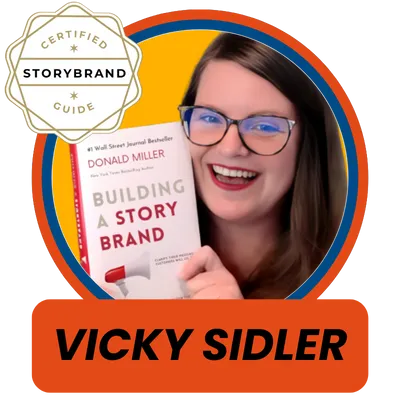
Vicky Sidler is an experienced marketing industry journalist and strategist with more than 15 years in journalism, content strategy, and digital marketing. As a Marketing News Reporter for Strategic Marketing Tribe, she covers breaking developments, trends, and insights that shape the marketing world—from AI in advertising to the latest in customer experience strategy.
Vicky is an award-winning StoryBrand Certified Guide and Duct Tape Marketing Certified Strategist, combining two of the most effective marketing frameworks to help small businesses simplify their message and build marketing systems that work. Her journalism background ensures every piece she writes is fact-checked, insightful, and practical.
Her articles regularly analyze key marketing trends, platform updates, and case studies—offering small business owners, marketers, and industry professionals clear, actionable takeaways. She specializes in topics such as:
Digital marketing strategy
Content marketing and brand storytelling
Marketing technology and automation
AI’s impact on marketing
StoryBrand and Duct Tape Marketing best practices
Education & Credentials
BA in Journalism & English, University of Johannesburg
StoryBrand Certified Guide
StoryBrand Certified Coach
Duct Tape Marketing Certified Strategist
Over 20 years in journalism and marketing communications
Founder & CEO of Strategic Marketing Tribe
Winner of 50Pros Top 10 Global Leader award
Contact
Recent Work

Hub Pages for Small Businesses: The Smart Way to Boost SEO
By Vicky Sidler | Published 2 November 2025 at 12:00 GMT+2
If your website feels like a cluttered filing cabinet of old blog posts, you’re not alone. Most small business sites end up that way—helpful content buried under months of updates.
According to Backlinko, the fix is something called a hub page, and it’s one of the most efficient ways to tidy up your site while giving Google something to love.
Think of hub pages as the Marie Kondo of your marketing content: they gather related topics, make navigation easy, and spark joy for both your visitors and search engines.
TL;DR:
Hub pages organise your content into logical “topic clusters” that boost SEO and user experience
Each hub covers one main topic, with links to supporting articles on related subtopics
You can build them for free using WordPress and smart internal linking
They help Google see you as an expert on your topic, improving rankings and conversions
👉 Need help getting your message right? Download the 5-Minute Marketing Fix.
Table of Contents:
Hub Pages for Small Businesses: The Smart Way to Boost SEO
Why It Works (And Why Google Loves It):
How to Build One Without Losing Your Weekend:
1. YouTube and Google Stack: The Local SEO Shortcut That's Working
2. LLM Visibility: The SEO Shift You're Missing
3. AI Search Distrust Grows—What Small Brands Should Do
4. AI Search Optimization for Ecommerce: 7 Steps to Show Up
5. AI in Marketing Needs Human Thinking
FAQs on Hub Pages for Small Businesses
1. What exactly is a hub page?
2. How do hub pages help my SEO?
3. Do I need expensive tools or plugins to build a hub page?
4. How long should a hub page be?
5. How many hub pages should my website have?
6. What should I include in a hub page?
7. How often should I update my hub pages?
8. Can hub pages work for small websites?
9. What’s the difference between a hub page and a regular blog post?
10. How do I know if my hub page is working?
11. Can I use AI tools to build my hub pages?
12. How does StoryBrand fit into hub pages?
13. What’s the quickest way to start my first hub page?
14. How do hub pages generate leads?
15. Where can I learn to write better calls-to-action for my hub pages?
What Exactly Is a Hub Page?
A hub page (sometimes called a pillar page) is a single, comprehensive page that covers one main topic and links to all related content around it. Imagine your website as a city. The hub page is the town square, and each linked article is a side street with its own attractions.
For example, if you’re a marketing consultant, your hub could be “The Complete Guide to Strategic Marketing,” with connected articles on SEO basics, social media tips, or email marketing strategies. Each article links back to the main hub, and the hub links out to them. This creates a network Google recognises as authority—and authority is what gets you to page one.
Why It Works (And Why Google Loves It):
Search engines crave structure. When your content is organised into clear clusters, they can easily tell what your site is about. That clarity translates into better rankings.
Hub pages also keep visitors exploring. Instead of leaving after reading one post, they click deeper, stay longer, and see more of what you offer. From a StoryBrand perspective, this structure puts your customer at the centre and guides them through a clear path—problem, solution, transformation—without them having to dig for answers.
And because everything links together, you avoid “keyword cannibalisation,” where multiple pages compete for the same terms. Instead, your site speaks with one confident voice.
How to Build One Without Losing Your Weekend:
You don’t need fancy tools or expensive plugins. If you’re on WordPress, you already have what you need.
Start by choosing three to five main topics your business is known for. These are your “hubs.” For example:
StoryBrand Framework
Website Optimisation
Lead Generation
Email Marketing
Next, group your existing posts under each topic. Add a new page that gives an overview of the main subject and links to all those posts. Use clear headings, simple navigation, and a few short paragraphs explaining what each subtopic covers.
You can view an example of this here.
A hub page usually runs between 2,000 and 5,000 words, but don’t panic. You can build it gradually. Even a starter version with ten linked articles gives you an instant boost in structure and SEO.
Keeping It Fresh:
Hub pages aren’t “set and forget.” Update them quarterly to add new links, refresh old content, and remove anything that’s gone stale. Treat each hub as a living guidebook for your audience.
Promote your hubs through your newsletter or social media to remind readers you have a central resource that answers their most common questions.
As your hubs grow, your site’s authority and traffic grow too. Neil Patel once shared a case where a site went from ranking for three keywords to over nine hundred after adopting this structure. That’s not luck—it’s logic.
Small Step, Big Payoff:
Hub pages are proof that good organisation beats constant new content. For small businesses, this means fewer random posts and more focused impact.
If your website feels like a junk drawer, it might just need a little structure, not another blog post. Hub pages turn chaos into clarity—and clarity converts.
Want to know what to say on those pages to make people actually care? My free 5-Minute Marketing Fix will help you write a one-liner that connects instantly with your audience.
Related Articles:
1. YouTube and Google Stack: The Local SEO Shortcut That's Working
If hub pages help you organise your on-site content, this article shows how to extend that same structure across Google’s ecosystem. Learn how YouTube, Google Sites, and web properties can work together to build authority faster.
2. LLM Visibility: The SEO Shift You're Missing
Your hub pages might boost traditional rankings, but AI-powered search is changing the game. This article explains how to optimise for visibility in AI-generated search results so your content gets found everywhere.
3. AI Search Distrust Grows—What Small Brands Should Do
Even as AI search grows, most users still prefer traditional results. Learn how to protect your visibility and adapt your SEO strategy as search habits evolve.
4. AI Search Optimization for Ecommerce: 7 Steps to Show Up
Hub pages help you structure content for search engines. This article adds the next layer—schema markup and product feed optimisation—to help your pages rank in both traditional and AI shopping results.
5. AI in Marketing Needs Human Thinking
Building hub pages takes human judgment—deciding what matters, what connects, and what converts. This article reinforces why strategy and empathy still beat automation when it comes to marketing that works.
FAQs on Hub Pages for Small Businesses
1. What exactly is a hub page?
A hub page is a central, in-depth page on your website that covers a broad topic and links to several related articles on subtopics. Think of it as the main hub in a wheel, with each related article acting as a spoke connecting back to it.
2. How do hub pages help my SEO?
Hub pages help search engines understand how your content fits together. When your pages are connected through logical internal links, Google sees your site as more organised and authoritative, which improves rankings.
3. Do I need expensive tools or plugins to build a hub page?
No. You can build effective hub pages in WordPress using free tools like the Gutenberg editor or Elementor Free. The real power lies in how you structure and link your content, not in the software you use.
4. How long should a hub page be?
Most successful hub pages run between 2,000 and 5,000 words. That might sound long, but it’s because they serve as comprehensive guides covering everything your readers need to know about the topic.
5. How many hub pages should my website have?
Start with three to five core hub pages. Each should cover one of your main business topics, such as StoryBrand messaging, SEO, or lead generation. You can add more over time as your content grows.
6. What should I include in a hub page?
A clear introduction, logical headings, internal links to related articles, a table of contents, visuals for clarity, and a call-to-action that points readers toward your service or lead magnet—like the 5-Minute Marketing Fix.
7. How often should I update my hub pages?
Quarterly updates work best. Add new articles, refresh outdated information, and make sure all links still work. Consistent updates signal to Google that your content is fresh and trustworthy.
8. Can hub pages work for small websites?
Absolutely. In fact, small businesses often see faster results because they can pivot and update content quickly. Hub pages help even the smallest websites appear more structured and authoritative.
9. What’s the difference between a hub page and a regular blog post?
A blog post focuses on one narrow topic, while a hub page gives an overview of an entire theme. Blog posts link back to their hub page, which acts as a roadmap to all related content.
10. How do I know if my hub page is working?
Track your results in Google Analytics and Search Console. Look for increased time on page, more internal clicks between articles, and growth in organic search traffic.
11. Can I use AI tools to build my hub pages?
Yes, but use them for support, not strategy. AI can help organise keywords or draft outlines, but the decisions about structure, tone, and audience connection should always come from you.
12. How does StoryBrand fit into hub pages?
Each hub page should guide readers through a clear journey: define their problem, show how your business helps, and paint the picture of success. StoryBrand makes your hub not just organised, but persuasive.
13. What’s the quickest way to start my first hub page?
Pick your strongest topic, gather all existing articles about it, and create a simple overview page that links to each one. Add a short intro, relevant headings, and a clear CTA. You can expand it later.
14. How do hub pages generate leads?
By keeping visitors on your site longer and providing valuable, connected information, hub pages build trust. When readers trust you, they’re more likely to click your call-to-action and become leads.
15. Where can I learn to write better calls-to-action for my hub pages?
Download the5-Minute Marketing Fix. It’s a free resource that helps small business owners write one-liners and CTAs that attract the right customers and convert interest into action.
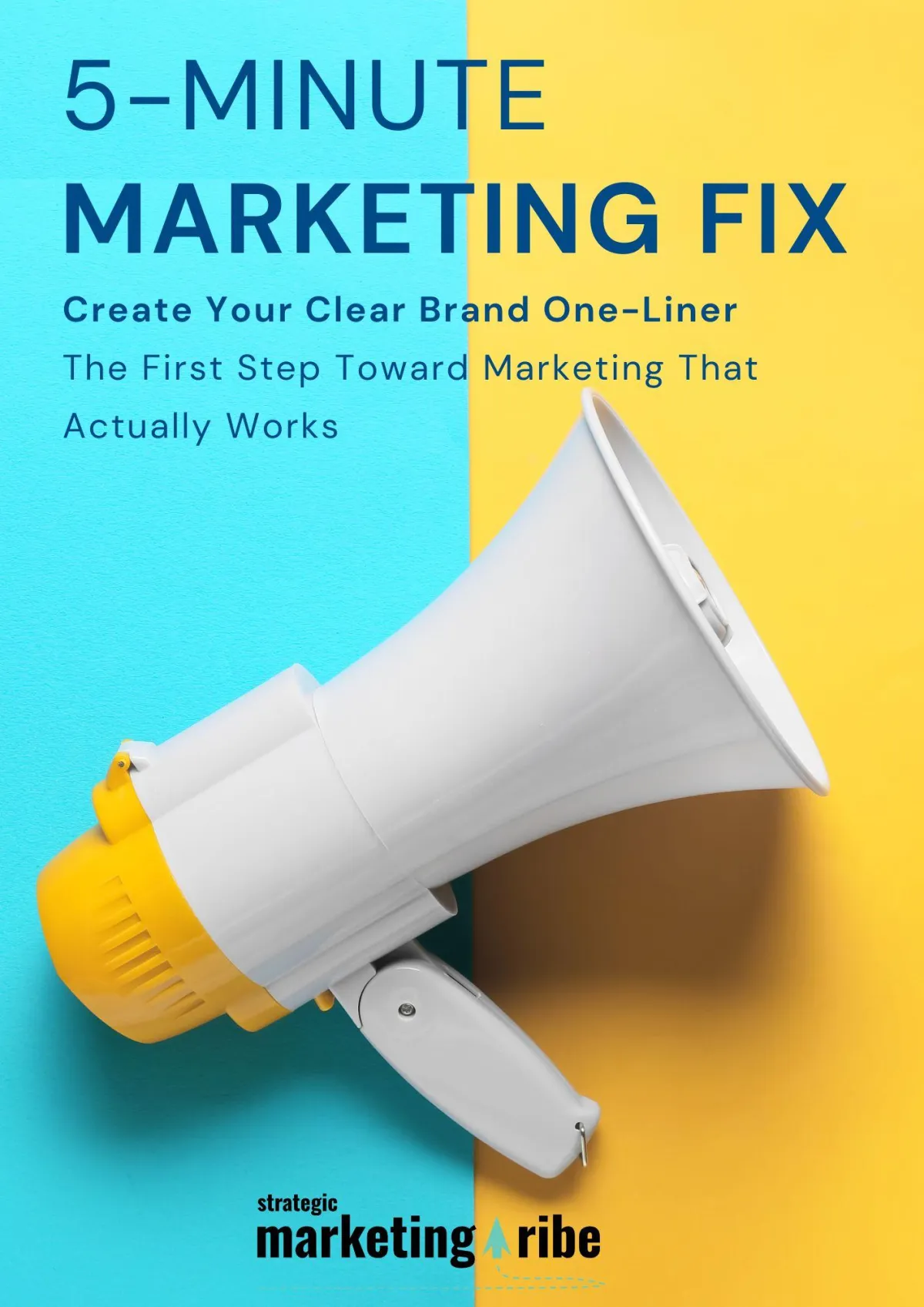
Created with clarity (and coffee)

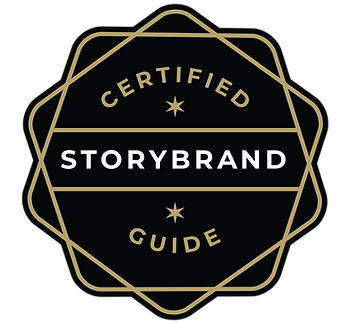
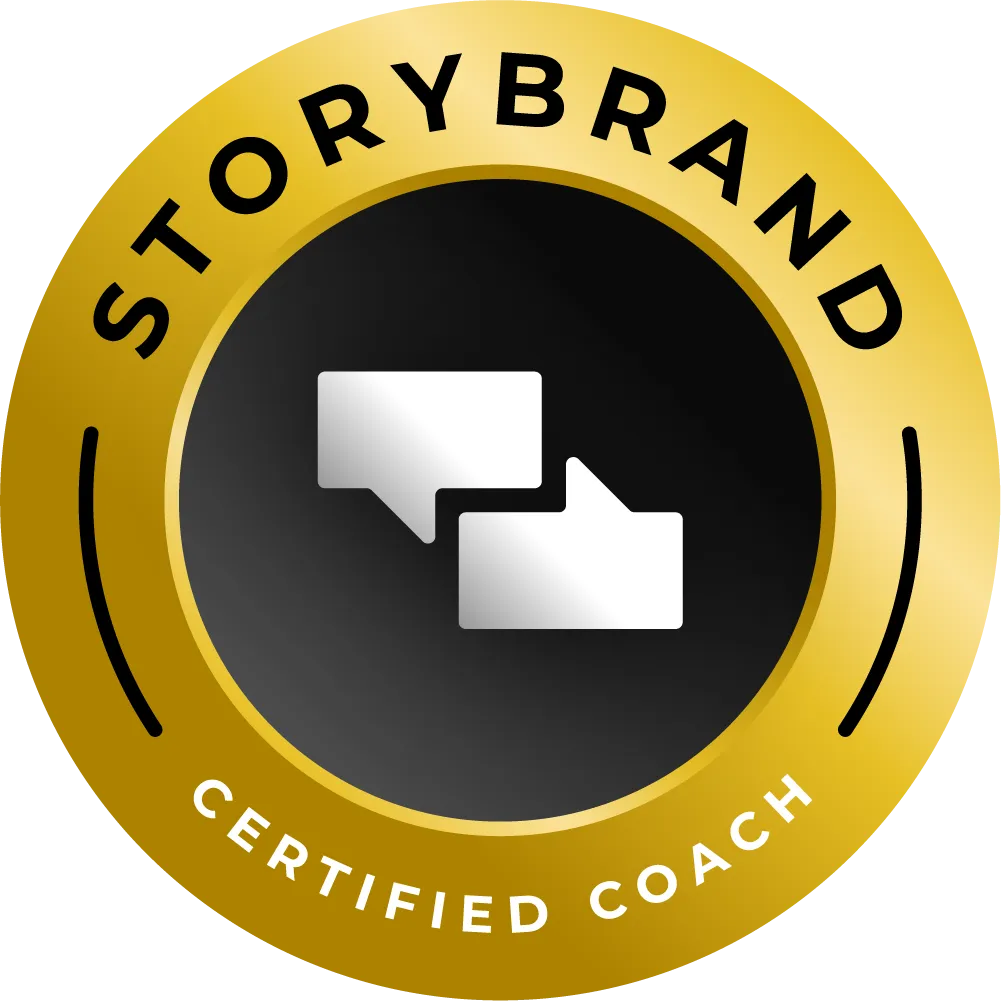
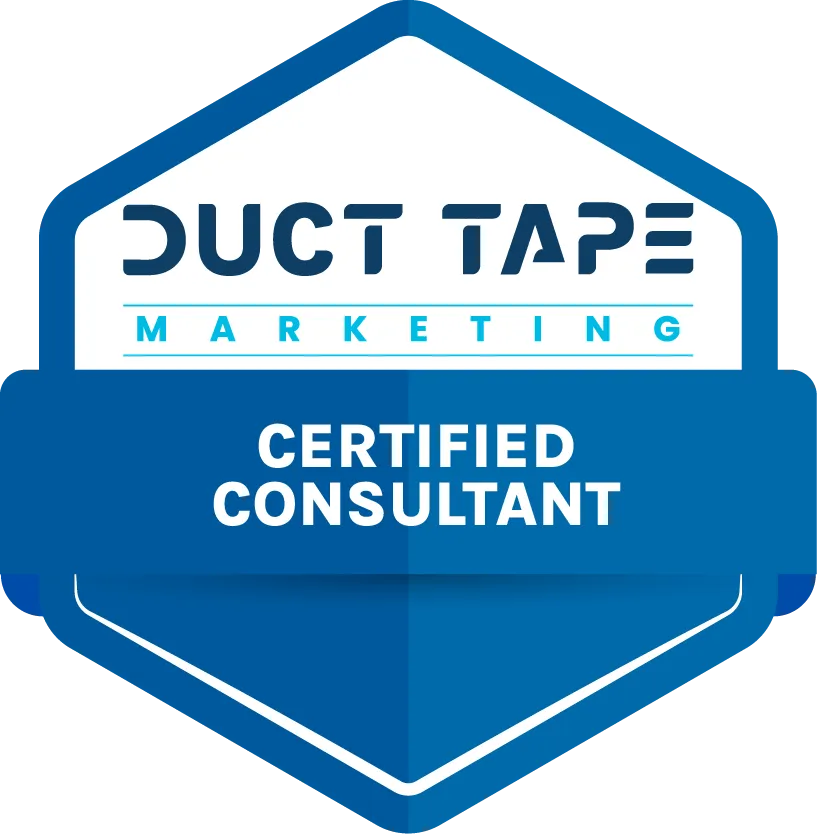


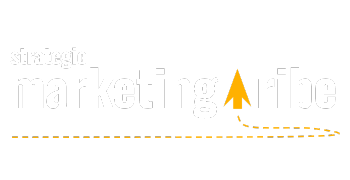

Mail
WhatsApp
LinkedIn
Website